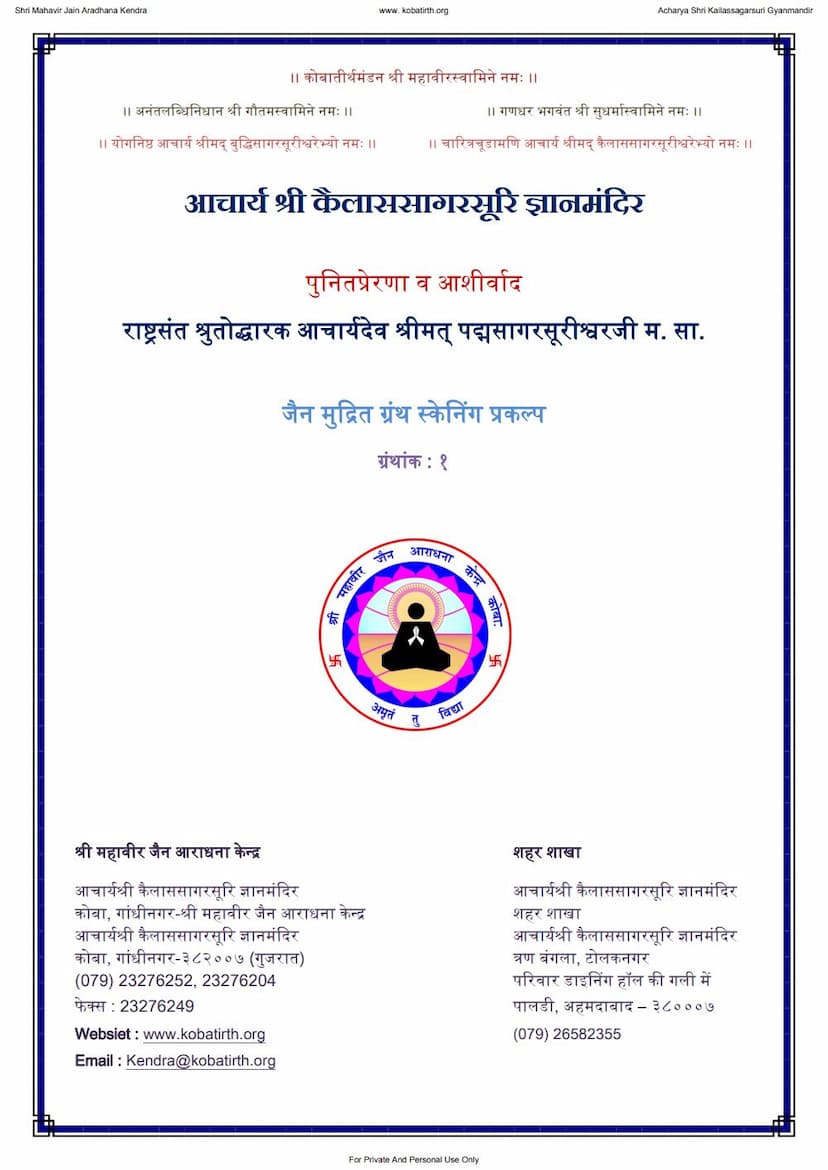Old Bramhi Inscriptions In Udaygiri And Khandagiri
Added to library: September 2, 2025

Summary
This book, "Old Brahmi Inscriptions in the Udayagiri and Khandagiri Caves" by Benimadhab Barua, published by the University of Calcutta in 1929, is a scholarly examination of fourteen Brahmi inscriptions and one table of the Brahmi alphabet found in the Udayagiri and Khandagiri cave complexes in Odisha, India.
The author, Benimadhab Barua, undertakes this work with a sense of diffidence due to the complexity and the significant scholarship that had previously grappled with these inscriptions, most notably the Hathi-Gumpha inscription of King Khāravela. He highlights the challenges presented by the inscriptions, including their weathered condition, natural decay, and the presence of misleading marks.
Barua's primary motivation for this fresh undertaking was to correct perceived mistakes in previous readings and renderings of these inscriptions, which he found standing badly in need of correction. He also emphasizes the importance of studying these shorter inscriptions in their inter-connection with each other and with the Brahmi alphabet table, believing that this contextual approach was previously lacking.
The book is structured into two main parts:
- Book I: Texts and Translations: This section provides the original texts of the inscriptions in Brahmi script, followed by their translations into English. It includes detailed discussions on various readings and interpretations proposed by previous scholars, offering Barua's own critical notes and preferred readings. The inscriptions are presented chronologically, starting with the significant Hathi-Gumpha inscription of Khāravela.
- Book II: Notes: This extensive section delves into various aspects of the inscriptions, including:
- The inscriptions themselves and their attributed authors.
- The relative number of caves and inscriptions.
- The symbols found within the inscriptions.
- The evolution and characteristics of the Brahmi letter-forms.
- A critical analysis of five corrected readings proposed by K. P. Jayaswal.
- The language used in the inscriptions, its relation to Pali and Ardha-Magadhi.
- The literary style, characterized by rhythmic prose, alliterations, and elegant expressions.
- A detailed examination of the contents of each inscription, providing historical and political context.
- The relative chronological position of the caves and inscriptions, drawing upon stylistic analysis of the reliefs.
- Discussions on geographical allusions, royal titles, personal history of Khāravela, and the socio-political context of Kalinga.
- An analysis of the architectural details of the caves, shrines, and pillars.
- A significant portion is dedicated to the reliefs found in the caves, discussing their artistic value and stylistic development, with contributions from Dr. Stella Kramrisch.
- The book also provides a list of all inscriptions in alphabetical order and an index to the notes.
Barua's work is a foundational study of these ancient Jain inscriptions, providing a critical edition and in-depth analysis that aimed to clarify previous scholarly debates and offer new insights into the history, language, art, and religious practices of the period. He pays tribute to the scholars who paved the way for his research and acknowledges their contributions. The book is essential for scholars of ancient Indian history, epigraphy, and Jainism.